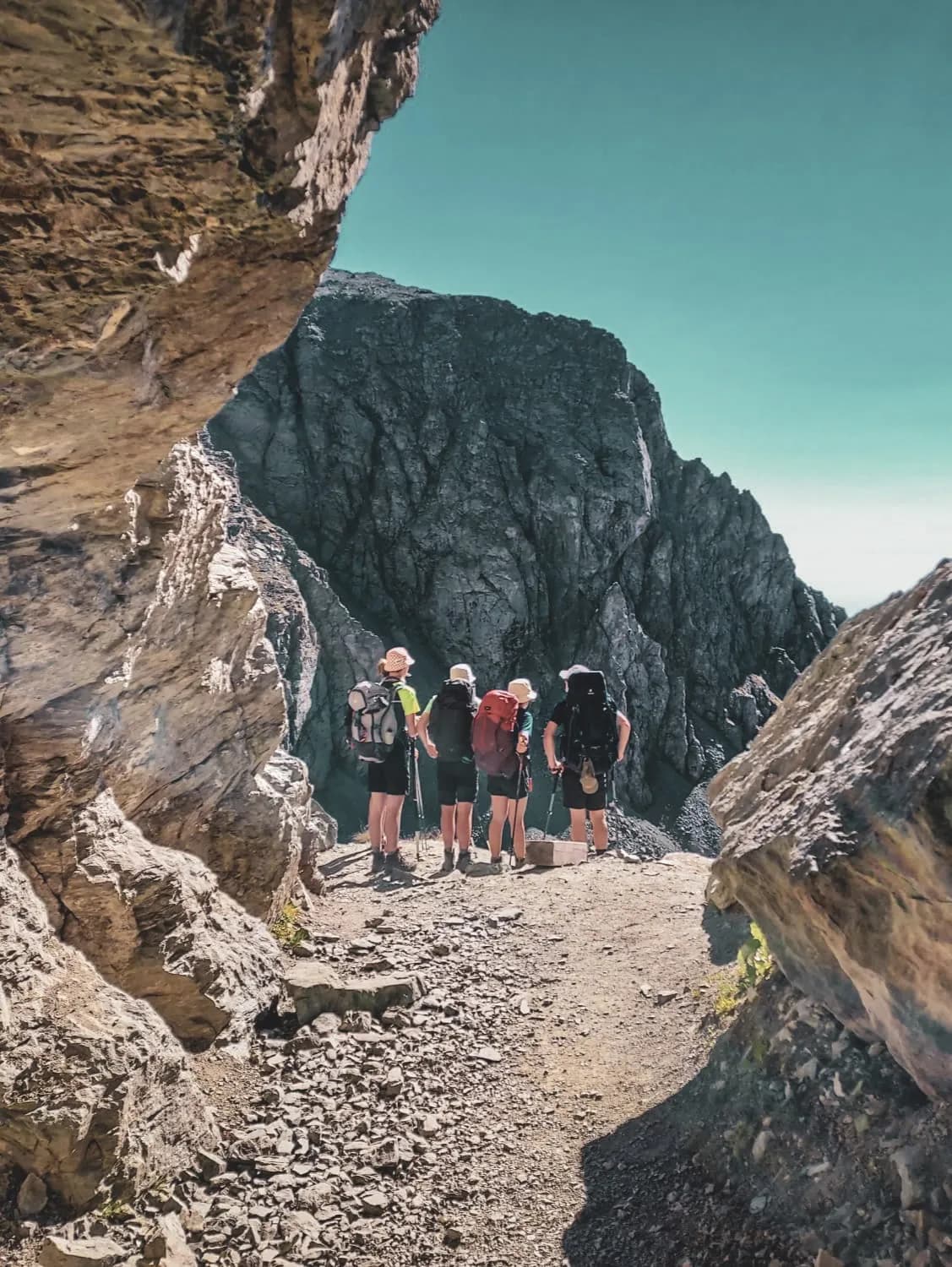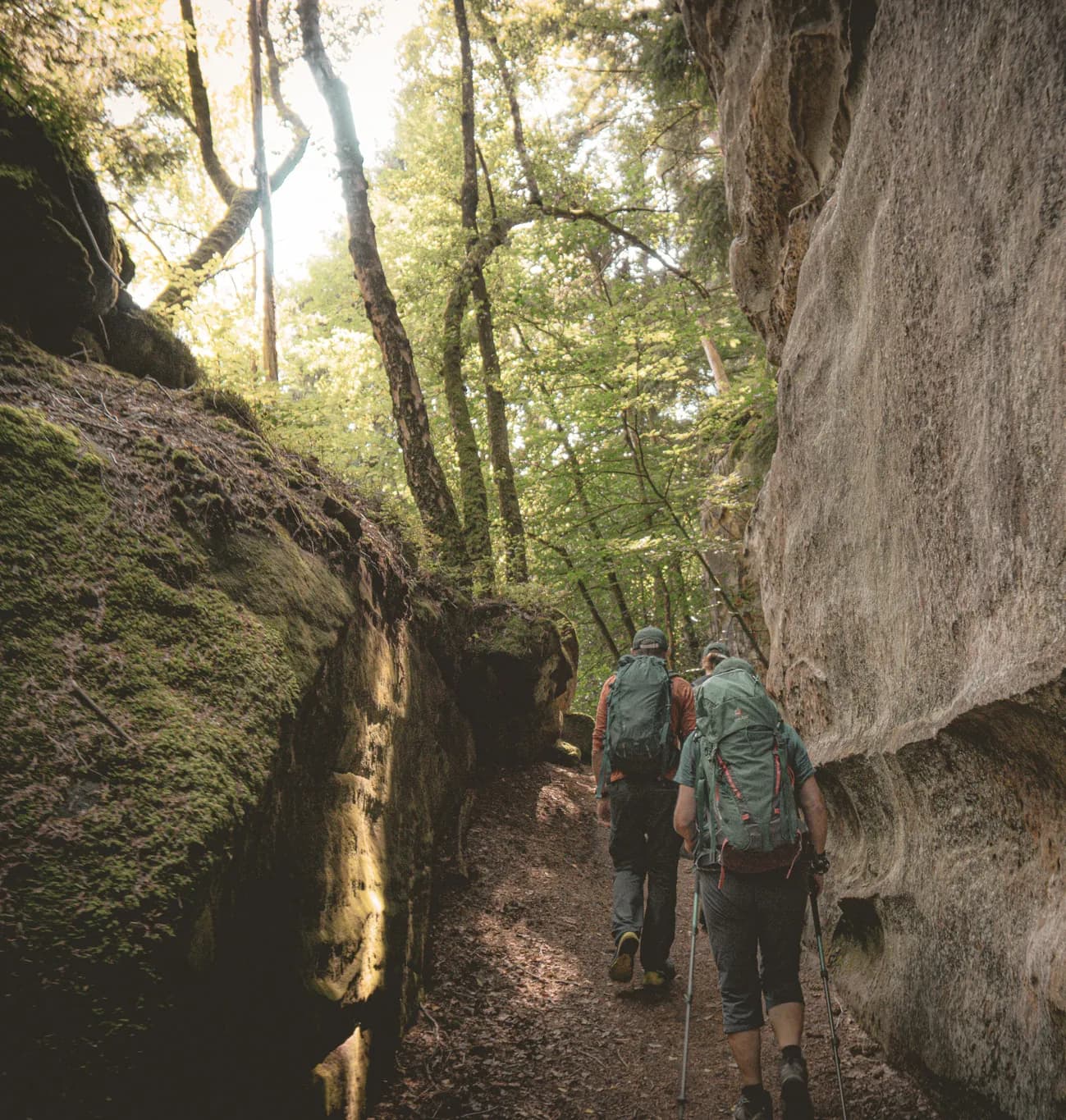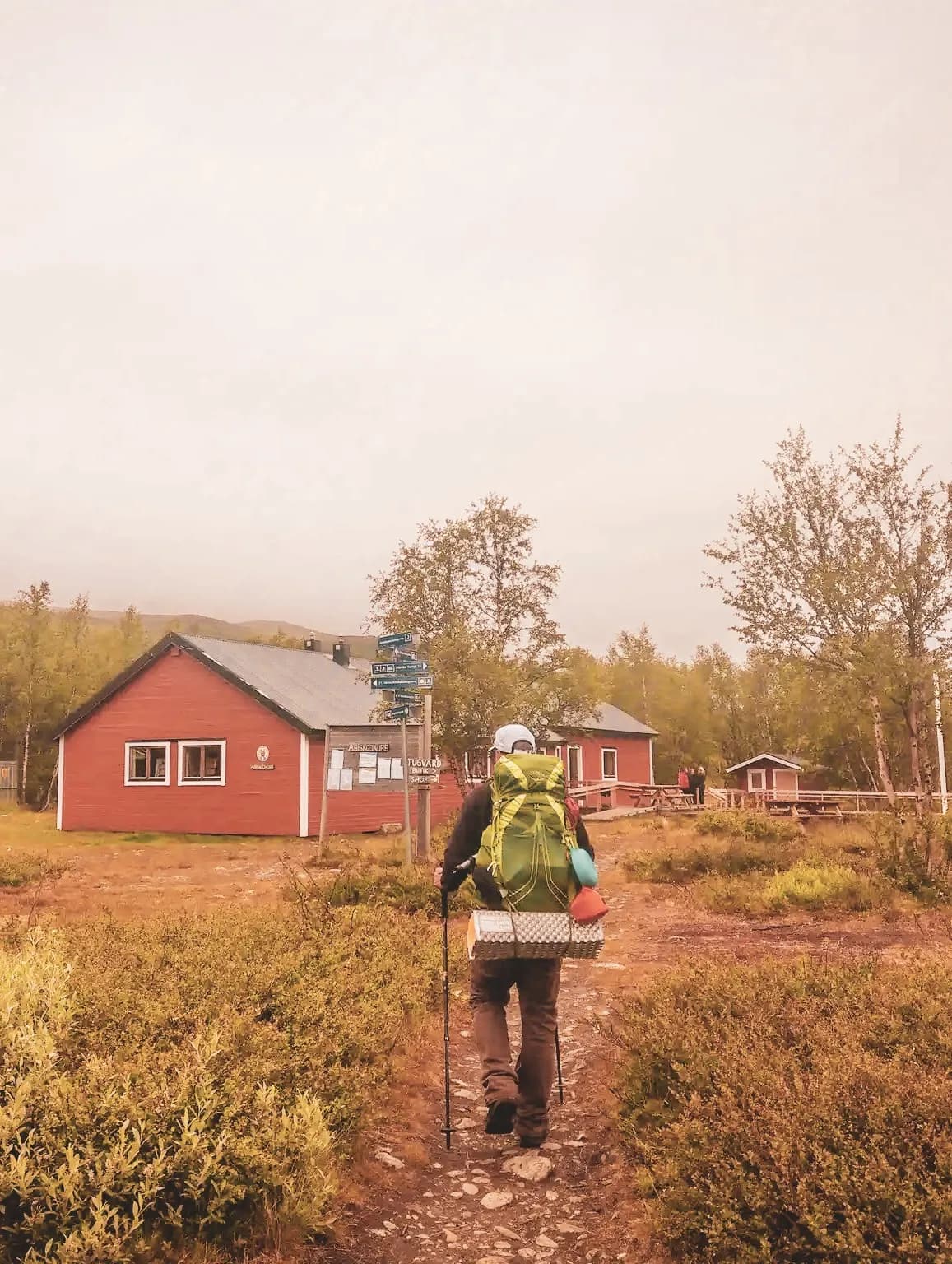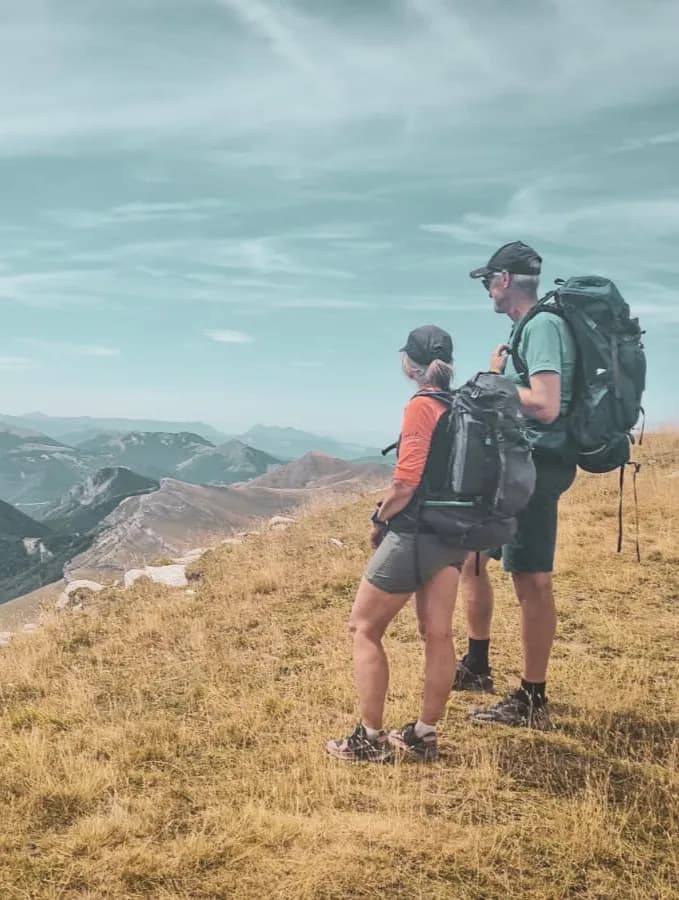We're surely not telling you anything if we say that the mountains are as beautiful as they can be dangerous... Avalanches are an ever-present threat in the mountains. To ensure your safety and that of others, it's vital to know how to assess the risks and adapt your outing and your behaviour accordingly.
Avalanche risks and their assessment are intrinsically linked to three main factors :
- Conditions → The level of snow-meteorological danger
- Terrain → The gradient, orientation and frequency of use of the slopes
- People → The experience , size and organisation of your group.
Here, we focus on the first two factors: conditions and terrain, and present you with three (of the many) parameters to take into account when preparing your next mountain outing!

The conditions
The BERA (Bulletin d'Estimation du Risque d'Avalanche) is a key resource. It provides information on current conditions in the mountains and forms the basis of any avalanche risk assessment. The risk levels (1-5), established on the basis of a number of meteorological and snow criteria, give an initial idea of the potential dangers.
- Low : Avalanche may only be triggered in the event of severe overload.
- Limited : Avalanches may be triggered especially in the event of heavy overload or on certain slopes.
- Marked : Avalanche triggering possible on many sufficiently steep slopes and sometimes even in the event of low overload.
- Strong : Avalanches are likely to trigger on most slopes and even in the event of low overload.
- Very strong : Numerous spontaneous large avalanches to be expected, even on shallow slopes.
Before every mountain outing, be sure to consult this bulletin to check the safety of your itinerary. From December to April, the BERA is published daily at 4pm and is valid for 24 hours. You can find it on the Météo France website , where bulletins are published for each region.

The gradient
97% of accidents occur on slopes of more than 30° .
It is essential to find out in advance about the gradient of the slopes you will be tackling during your outing. This information is easily accessible from applications such as Fatmap , Iphigénie , or SwissTopo (free application for Switzerland). You can also consult a map of slopes directly from the Géoportail . Based on the IGN model, this map classifies slopes into four categories according to their gradient, making it easy to read the gradient.
Orientation
Nearly 60% of accidents occur in the north sector alone (NW to NE).
In this zone, the presence of fragile layers in the snowpack is greater, increasing the potential risk of accidents. What's more, on slopes in the shade, the snow transforms less quickly than on those exposed to the sun, so these shaded slopes are more likely to remain 'avalanchey' for longer. Before your outing, it's essential to check the orientation of the slopes you plan to use. You can find this information on the same applications used for slope inclination.
Taking these three parameters into account will enable you to assess the avalanche risk more carefully and plan or adapt your route accordingly.
Whatever happens, remember that
"When in doubt, there is no doubt. The most important skill in the mountains is to give up ".
In the mountains, caution is an important quality. If you have the slightest doubt about the safety of your outing, it's best to turn back. The mountains are certainly a playground, but a demanding one that is rarely forgiving. Anticipating, using common sense and knowing how to adapt, or even give up, are the keys to continuing to enjoy it for as long as possible!

Find out more about avalanche risks: From theory ...
If you want to find out more about the subject, we highly recommend this book, in which the authors propose an accessible method for assessing avalanche risk. It also lists a number of simple tools for making appropriate decisions and preventing dangerous situations.
"Avalanches: How to reduce the risk" - Olivier Moret and Philippe Descamps

This lecture , presented by the two authors along with Jean-Sébastien Knoertzer and Alexis Mallon from ENSA (École Nationale de Ski et d'Alpinisme), will give you a taste of the main concepts and approaches discussed in the book.
Put it into practice!
Want to enhance your theoretical knowledge with some practical learning ? We've got just what you need!
Our introductory ski touring trek is four days of learning in total immersion in the heart of the Vanoise Park. The perfect opportunity to learn how to handle the equipment and familiarise yourself with safety practices in the high mountains. The last departure of the season will be on 16 April . There are only 4 places left, so don't delay!
Not available on those dates? Want to discover new horizons? No problem, check out our other ski touring adventures here! There's bound to be one to suit you!






